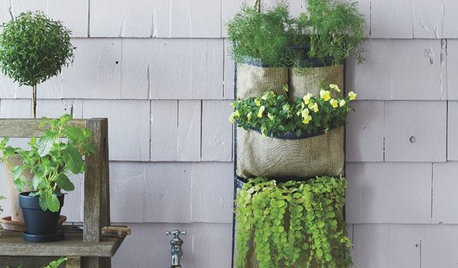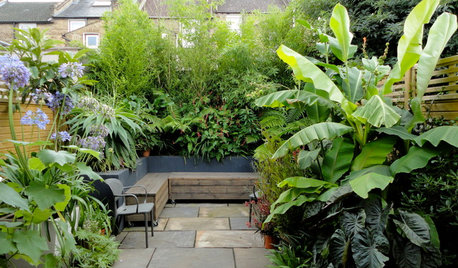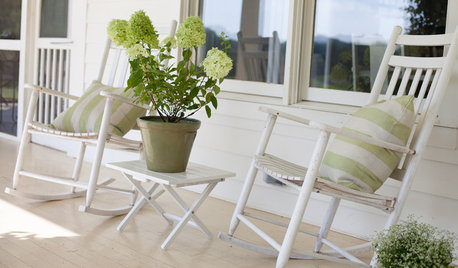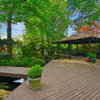Bumper crop of string algae..........
bugsb
17 years ago
Related Stories

LANDSCAPE DESIGNNatural Swimming Pools: More Beauty, No Chemicals
Keep your skin and the environment healthy with a pool that cleans itself, naturally
Full Story
PRODUCT PICKSGuest Picks: How Do You Spell Urban Heat Relief?
Turn even a small balcony into a summer oasis with retreat-conjuring plants, furniture and accessories
Full Story
PETSPet-Proofing Your Home: A Room-by-Room Guide
Not all pet dangers are obvious. Keep furry friends safe and sound by handling all of these potential hazards
Full Story
FARM YOUR YARDHow to Build a Raised Bed for Your Veggies and Plants
Whether you’re farming your parking strip or beautifying your backyard, a planting box you make yourself can come in mighty handy
Full Story
PATIOSHouzz Call: Show Us Your Pocket Patio
How small can you go? We want to see your compact garden designs
Full Story
LIFEHow to Get Along With the Neighbors — and Live Happier at Home
Everyone wins when neighbors treat one another with kindness, consideration and respect
Full Story








philips
horton
Related Professionals
River Forest Landscape Architects & Landscape Designers · Brooklyn Center Landscape Architects & Landscape Designers · Buford Landscape Contractors · Andover Landscape Contractors · Deerfield Beach Landscape Contractors · El Sobrante Landscape Contractors · Fairhope Landscape Contractors · Live Oak Landscape Contractors · Mastic Beach Landscape Contractors · Oxnard Landscape Contractors · Roswell Landscape Contractors · Saint John Landscape Contractors · South Farmingdale Landscape Contractors · The Woodlands Landscape Contractors · West Allis Landscape Contractorsyoureit
bugsbOriginal Author
beth4
comettose
youreit
hnladue
rhodyman
drh1
horton
bugsbOriginal Author
horton
rosegarden3
kevip711
bugsbOriginal Author
horton
otnorot